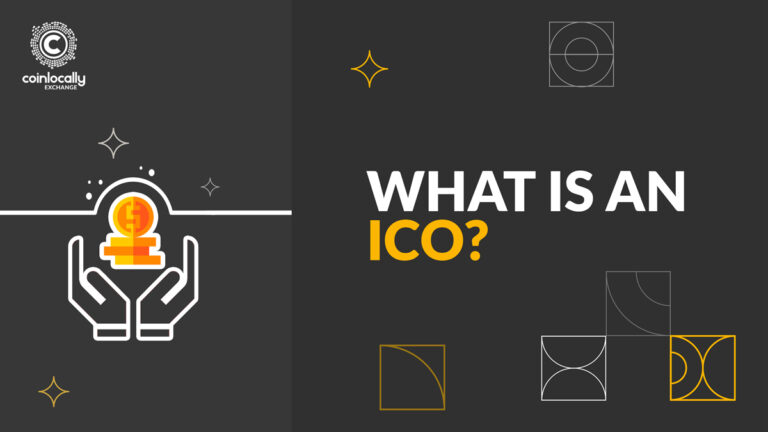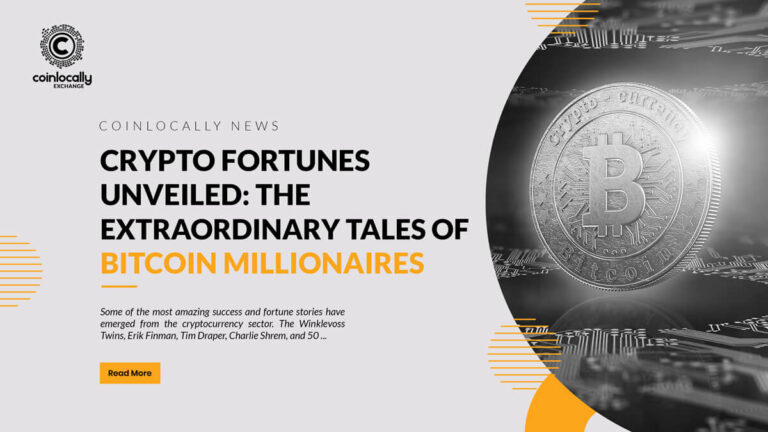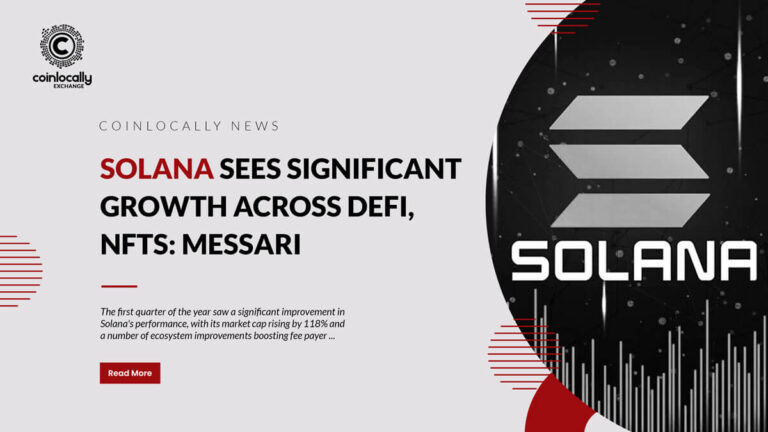
What Is an ICO?
What are ICOs? Initial coin offerings, or ICOs, are formerly well-liked techniques of acquiring money for fledgling cryptocurrency businesses. While conducting an initial coin offering (ICO), a blockchain-based firm creates a specific number of its own native digital token and sells them to early investors, typically in exchange for other cryptocurrencies like bitcoin or ether. Table of contents • What is ICO in cryptocurrency? • A History of ICOs • How do ICOs work? • What are ICO structures like? • Is ICO just a type of crowdfunding? • Why ICOs have become a popular method of raising money • Risks of investing in ICOs • ICOs vs. IPOs • Conclusion What is ICO in cryptocurrency? ICOs, a form of digital crowdfunding, give startups the ability to not only raise money without giving up equity but also to build a community of users who are financially motivated to see the project through so their presale tokens appreciate in value. Buyers can gain access to the service that the token grants as well as a rise in the token’s price if the platform is successful (big IF!). ICOs can also provide an easy funding mechanism and an innovative manner for entrepreneurs to acquire money. After the tokens are listed, they can be sold on an exchange to realize these gains. Investors can also increase their wager on the project by purchasing additional tokens when they go on sale. One of the first significant success stories utilizing this comparatively new form of fundraising tool was Ethereum’s ICO, which raised $15.5 million in 2014. On May 12, 2021, ETH hit an all-time high price of $4,382.73, providing investors with a 1,408,903% return on their investment. ETH was initially auctioned in 50 million lots for $0.311 apiece. One of the most valuable cryptocurrencies at the moment, its technology has enabled a complete ecosystem of decentralized applications (dapps) to thrive. ICOs are a form of digital crowdfunding that allow startups to raise money without giving up equity and build a community of users who are financially motivated to see the project through. A History of ICOs The procedure started in 2013 when software programmer J.R. Willet raised $600,000 by publishing a white paper for the token MasterCoin titled “The Second Bitcoin White Paper” (later rebranded as Omni Layer). By the year 2014, seven projects had raised a total of $30 million. The biggest that year was Ethereum, which generated more than $18 million after creating 50 million ether and selling them to the general public. 2015 was a less active year. A total of $9 million was raised through seven sales, with Augur bringing in just over $5 million. When 43 ICOs raised $256 million in 2016, including Waves, Iconomi, Golem, and Lisk, activity began to pick up. This included the infamous token sale of The DAO project, a self-sufficient investment vehicle that sought to promote the growth of the Ethereum ecosystem by enabling investors to choose which projects to fund. Shortly after the sale raised a record $150 million, a hacker stole roughly $60 million worth of ether, which caused the project to fail and the Ethereum protocol to hard fork. The DAO’s demise did not dampen the burgeoning enthusiasm for the emerging digital asset market, and in December the first fund specifically designed for token investing received sizeable financing from traditional venture capitalists. ICOs reached a new high in 2017, thanks in part to new technological developments. Almost $5.4 billion was raised through 342 token issuances, propelling the idea to the forefront of blockchain innovation. The enthusiasm was fueled by ICOs selling out in progressively shorter amounts of time, and as people rushed to “get in on the action,” project fundamentals lost importance to potential investors. ICOs began in 2013 with J.R. Willet raising $600,000, and by 2016, 43 ICOs had raised $256 million. In 2017, almost $5.4 billion was raised through 342 token issuances. How do ICOs work? Similar to IPOs, ICOs allow businesses to raise capital, but in the form of cryptocurrencies. The quick roadmap for an ICO is shown below: A company reveals a new cryptocurrency project for which it requires funding. The organization releases a whitepaper that outlines the project’s goals, aspirations, and vision. The project’s development and team, as well as every other component of the project, are all covered in technical detail in the whitepaper. Additionally, it provides complete openness on the use of cash, upcoming plans, and rewards for investors. This is done to draw in investment. The entity may employ an investment bank to handle the technicalities, proceed with the marketing to raise awareness on social media, and get started on a public stock exchange listing, should it be a successful ICO. Investors give the entity their money in exchange for cryptocurrency tokens. The new money is invested in the new cryptocurrency project or are used to enhance an already existing one. For instance, a company wishes to raise money for its newest NFT (non-fungible token) project, Entertained Gorilla Boat Shop, or EGBS (the name is a play on the Bored Ape Yacht Club), which runs the NFT on its blockchain using a native currency called Gorilla XP. The organization takes part in an ICO and gives investors Gorilla XP in exchange for their money. The Gorilla XP can then be used by investors on the NFT blockchain or exchanged for other cryptocurrencies. ICOs are similar to IPOs in that they allow businesses to raise capital in the form of cryptocurrencies. Investors give money in exchange for cryptocurrency tokens, which can be invested in the new project or used to enhance an existing one. What are ICO structures like? Businesses that participate in ICOs must also determine a key element: the structure. There are three types of ICO structures: • Static Supply + Static Price: In this case, an entity sets a cap on the total supply of tokens, and the price at which each token is sold is fixed. With









